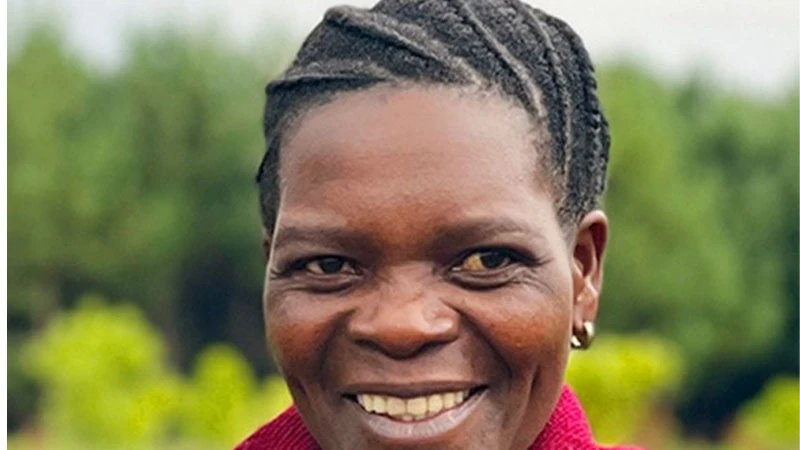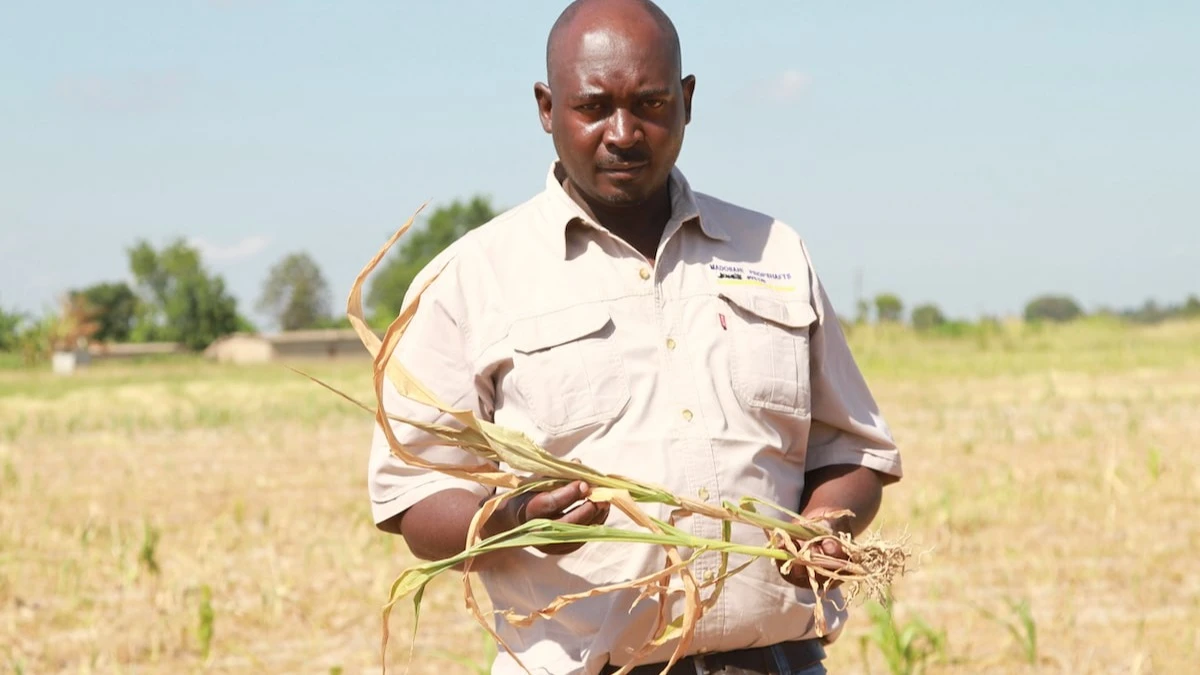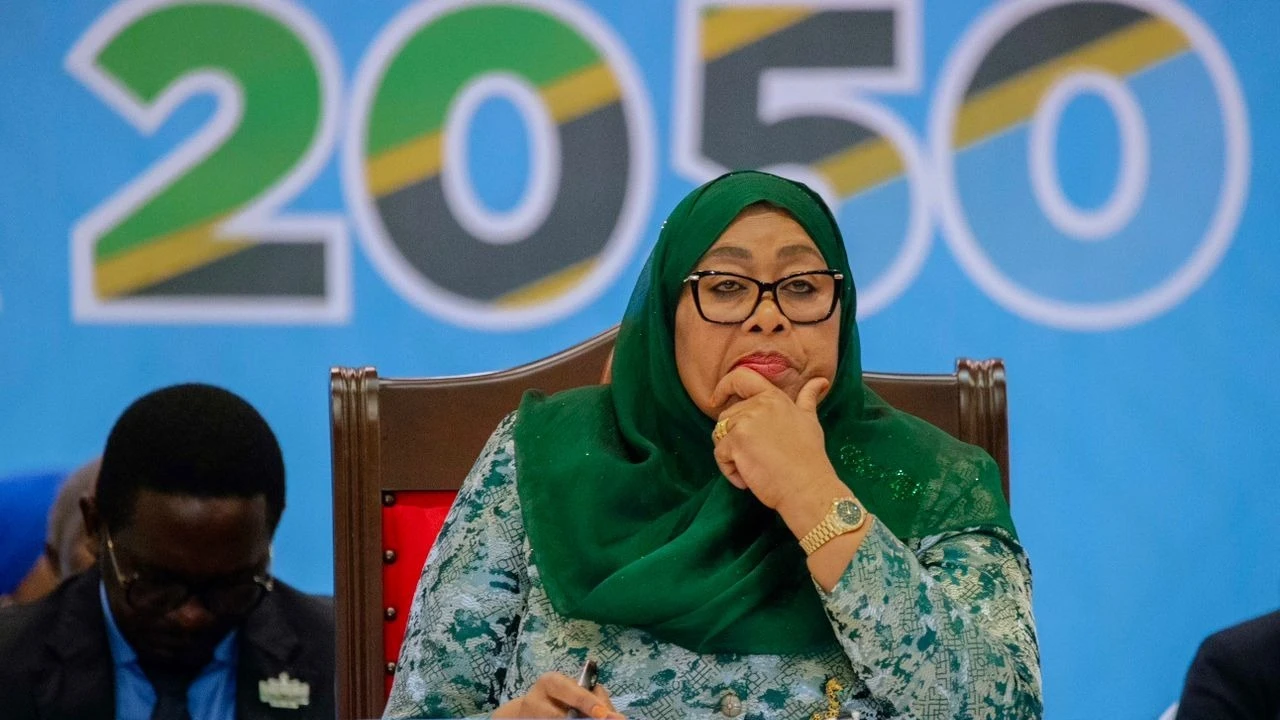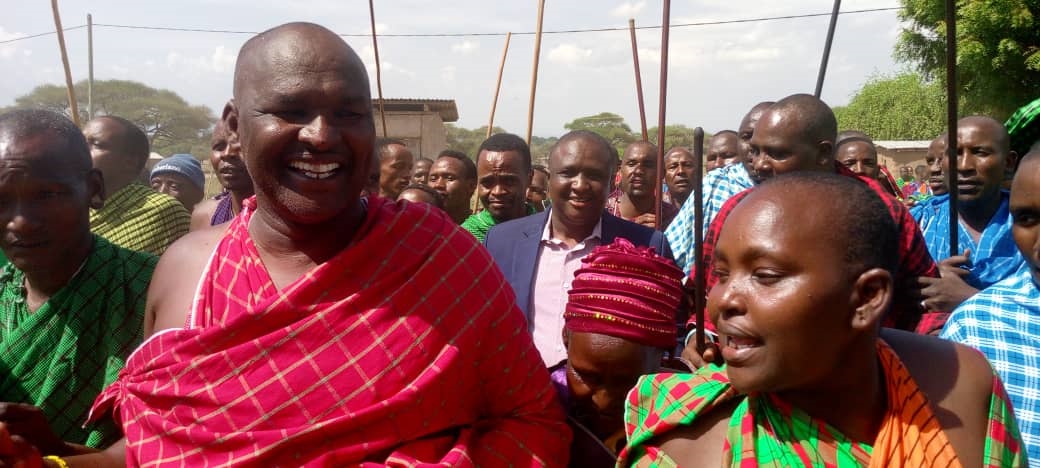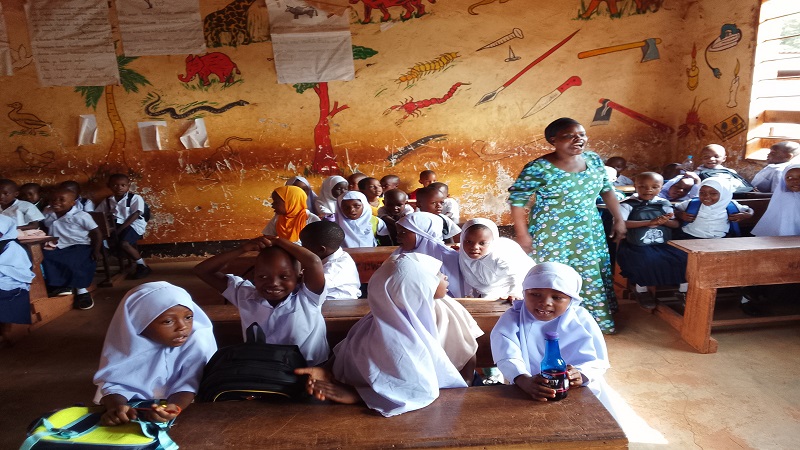Starting New Year as world strives after global public health, wellness standards

ALTHOUGH health and wellness outcomes like life expectancy continue improving, “cross-border development assistance for health is falling,” according to World Economic Forum (WEF)’s Global Cooperation Barometer 2025 (Second Edition) published January 2025.
The report says in 2023, metrics related to health outcomes (child mortality, maternal mortality and life expectancy) improved, but at a slower rate than before the pandemic. “Disability-adjusted life years (DALYs), one of the key measures of health, stagnated after significant improvement in 2022,” it adds.
However, the report calls for building cooperative mechanisms to protect against global health threats to bolster public health systems. “Over the next 25 years, the global population aged 60 and over is projected to double. This means that many economies will need to share best practices for developing health systems that are sustainable and can support this burgeoning ageing population while they collaborate on addressing near-term global health risks.”
Life expectancy in various countries has been improving from year to year. In Tanzania, life expectancy in 2024 was 66.8 years, a 0.13-year increase from 66.67 years in 2023. The average life expectancy in sub-Saharan Africa in 2023 was 61 years from 56 years in 2010, while global life expectancy at birth in 2024 was 73.3 years and is projected to reach 77.4 years in 2054, according to a UN report, which attributes this improvement to improved health services, better nutrition, personal hygiene and active lifestyles.
Despite life expectancy improvement in various parts of the world, neglected tropical diseases (NTDs) pose a challenge to public health and wellness. World Health Oganisation (WHO)’s global report on NTDs 2024 says in efforts to eliminate NTDs in 2023 only five countries were acknowledged by WHO for eliminating one NTD, and one country for eliminating two NTDs.
It says as of December 2023, 50 countries had eliminated at least one NTD, marking the halfway point towards the 2030 target of 100 countries. Sustainable development goal (SDG) Target 3.3 states: “By 2030, end the epidemics of Aids, tuberculosis, malaria and neglected tropical diseases and combat hepatitis, water-borne diseases and other communicable diseases.”
Although there is slow progress in realising this target, the WHO report says what has so far been achieved “is commendable and highlights opportunities for further progress against the 13 NTDs targeted for eradication, and elimination as a public health problem.”
The WHO list of NTDs includes Buruli ulcer (skin disease), Chagas disease (American trypanosomiasis), dengue and chikungunya (viral disease), dracunculiasis (Guinea worm disease), echinococcosis (parasitic disease), foodborne trematodiases (caused by consuming contaminated food), human African trypanosomiasis (sleeping sickness), leishmaniasis (characterised by irregular fever, weight loss, enlargement of the spleen and liver, and anaemia) and leprosy.
Others are lymphatic filariasis (elephantiasis); mycetoma (inflammatory disease), chromoblastomycosis (chronic fungal infection) and other deep mycoses (fungal infections), noma (a condition which causes body tissues to die due to infection or lack of blood supply), onchocerciasis (river blindness), rabies, scabies and other ectoparasitoses (which include parasitic arthropods).
The list also includes schistosomiasis (bilharzia); snakebite envenoming, soil-transmitted helminthiases (worm infection), taeniasis (tapeworm infection) and cysticercosis (pork tapeworm), trachoma and yaws (chronic tropical skin infection caused by bacterial infections called endemic treponematoses). Snakebite envenoming in particular is a global public issue which causes the deaths of 81,410-137,880 people worldwide and over 400,000 people are left permanently disabled by snakebite envenoming each year, according to WHO report of 2023. However, the goal of WHO is to reduce snakebite mortality and disability by 50 per cent by 2030.
The WHO report says NTDs cause immense human suffering, affect some of the world’s most vulnerable people, who often live in remote communities, thereby creating NTD-related generational cycles of poverty that cost low- and middle-income countries billions of dollars every year.
Speaking of the African Region, the report says as of December 2023, 19 previously endemic countries have been officially validated or certified for elimination of at least one NTD. In total, 29 processes acknowledging the elimination of an NTD have been successfully completed and 14 for dracunculiasis, seven for human African trypanosomiasis, six for trachoma and two for lymphatic filariasis.
Moreover, it says of the 47 countries in the region, 46 have attained the threshold for elimination of leprosy as a public health problem at national level.
The report says countries are clearly motivated to be acknowledged for progress made against NTDs and important efforts continue being made towards implementing key public health interventions. Thus, adequate funding of public health is needed for buying medicine and modern medical equipment. The more we prevent NTDs the more we improve life expectancy and public health, and the more we enjoy life. Each country should aim at achieving SDG 3 of ensuring healthy lives and promoting wellness for all at all ages. All this depends on political will to implement.
Top Headlines
© 2025 IPPMEDIA.COM. ALL RIGHTS RESERVED


